
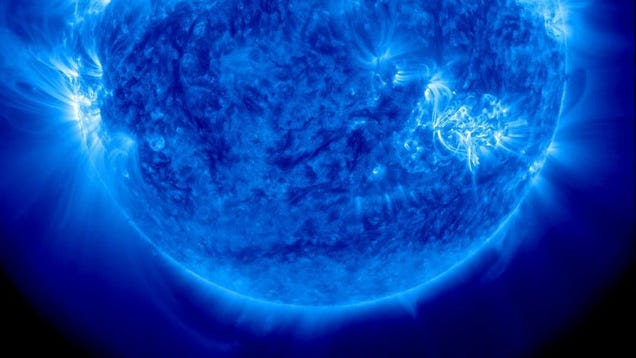
The National Oceanic and Atmospheric Administration’s Space Weather Prediction Center forecasted a “severe solar storm” that’s expected to hit Earth tonight, according to a release.
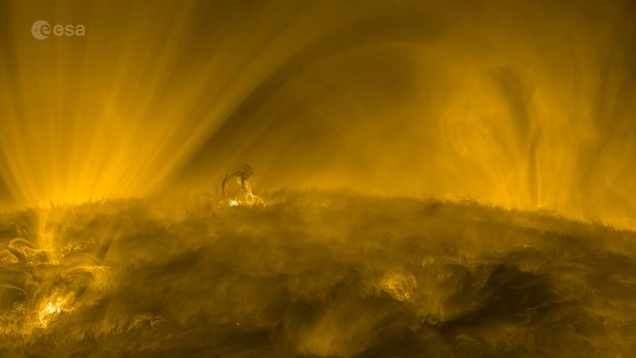
The recent total solar eclipse on April 8 provided a rare glimpse of the Sun’s roiling corona, including some eye-grabbing prominences. Those views were neat, but a new video captured by Europe’s Sun-buzzing probe is providing some of the best close-up views of our host star that we’ve ever seen.
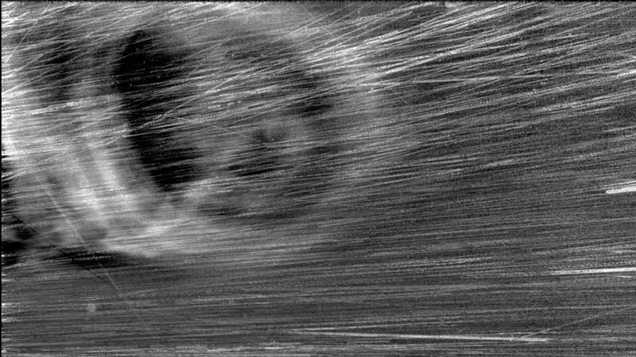
For the past six years, the Parker Solar Probe has been traveling through the inner solar system to become the first spacecraft to “touch” the Sun. With each close approach to the star, the probe gathers more clues as to what triggers the Sun’s mysterious outbursts.

There are jets in Jupiter’s magnetosheath, according to Voyager 2 mission data from 1979. The 45-year-old information is now revealing the dynamics of the plasma stream.
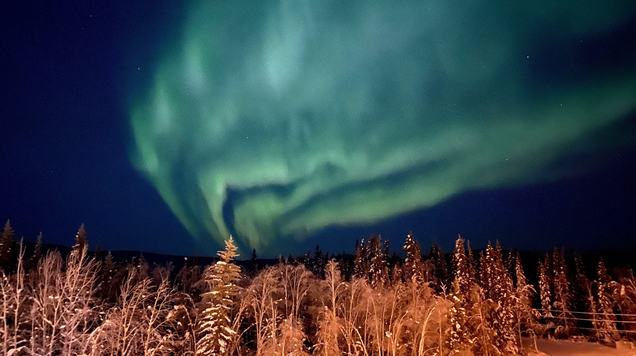
A strong geomagnetic storm will hit Earth tonight following a significant solar flare that occurred on Tuesday, NOAA’s Space Weather Prediction Center reported today.
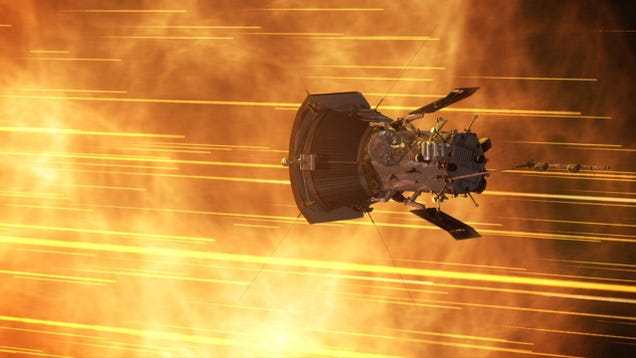
NASA’s groundbreaking Parker Solar Probe continues to set new milestones, diving continuously deeper towards the Sun, and offering insights into the star’s enigmatic atmosphere and how it affects space weather.
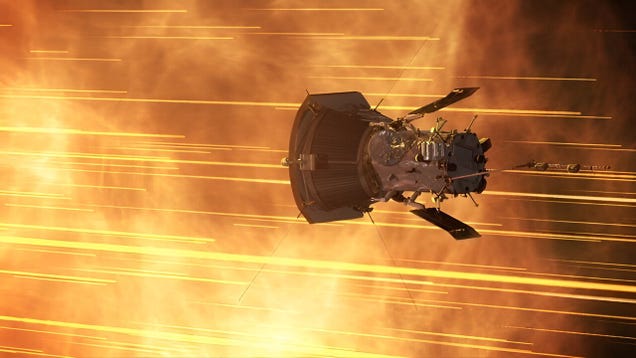
NASA’s Parker Solar Probe flew through an ejection of coronal material as it passed by the Sun in September 2022, giving researchers new data to understand how the Sun’s superheated plasma interacts with the surrounding interplanetary dust.
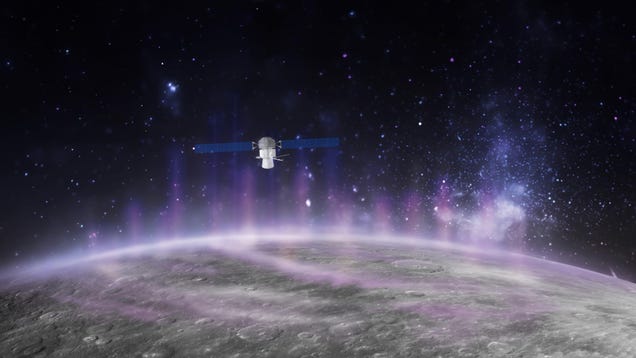
On October 1, 2021, a pair of small spacecraft got their first good look at the closest planet to the Sun, revealing the strange process through which Mercury produces its own auroras.
NWS Gaylor
